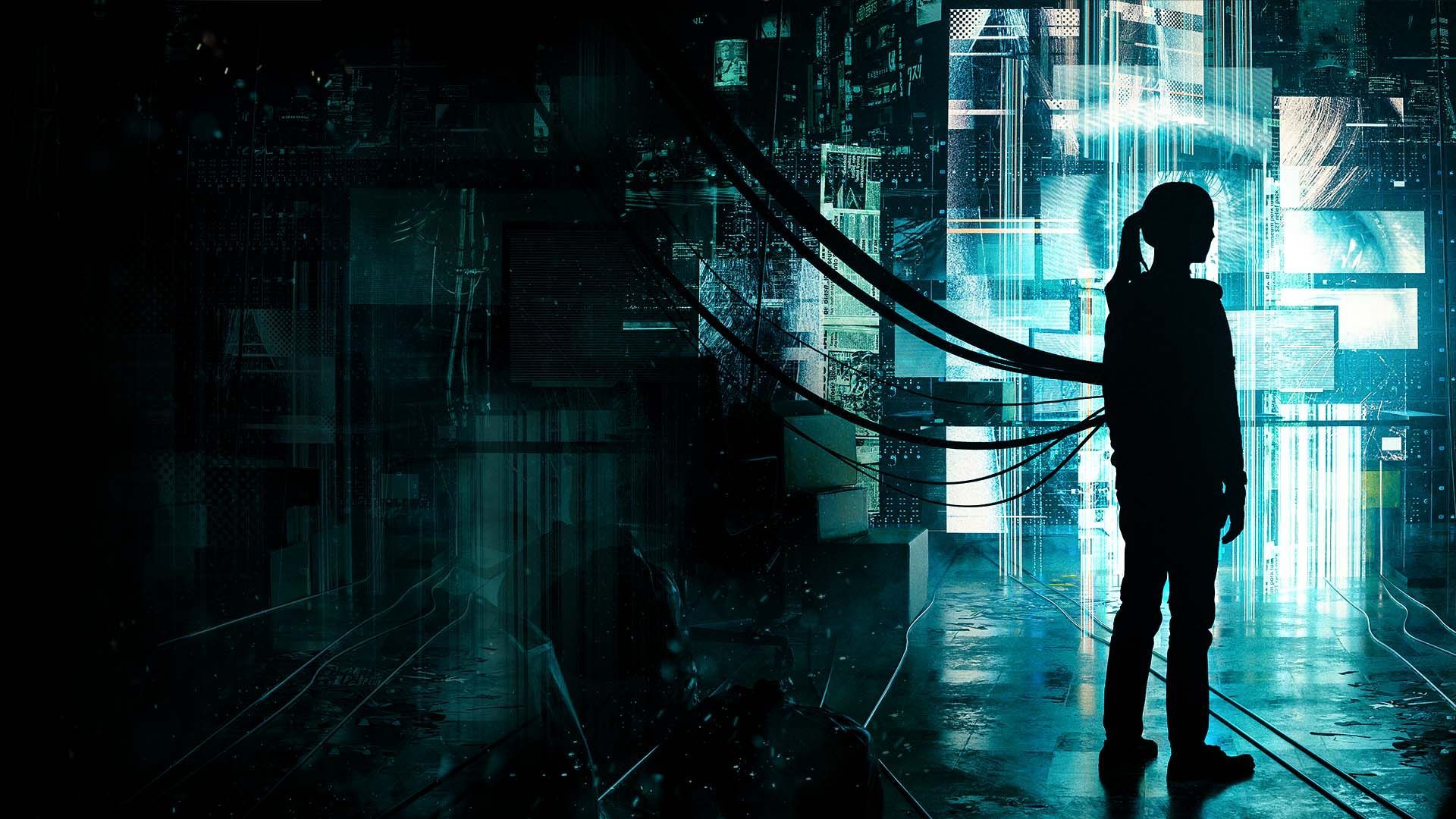
The movie Artifice Girl opens with an investigator instructing Siri to send a message, set a reminder and asking, on a whim, “Hey Siri, how do you know if you’re doing the right thing?” The film ends with an embodied AI chatbot free-form dancing to Way Far Out by The Best of Synthia.
They categorized the movie as sci-fi; it explores what it might mean when our simulations of personas become indistinguishable from their human counterparts. The plot is novel.
This sci-fi future is closer than it appears, my friends. However, we’re also living in a time where ultracrepidarian pundits in AI are spouting theories and clickbait headlines, pied piper paths of Pollyanna and alarmism. Even those who should grasp the underpinnings of technology can veer off the rails, as evidenced by a few Google goober doomsayers in the press. How likely are our AI companions to evolve like the movie? Where are we today in this progression?
When we strip away the popular hype, we’re left with a fundamental question: are these advanced chatbots and language models the result of predictive text, just probabilities of word sequences strung together into sentences? The answer may be both yes and that yes is more complex than we think. Despite the prevalence of probability in our lives, understanding its nature (and its inner child randomness) remains a challenge. Take the example of a detective novel1 ––how much knowledge is required to guess the next word in the last sentence? The one that says: and the killer’s identity is X!? How can a simple text completion algorithm “predict” this from the preceding story without having some implicit model? Right now, this is not a model we can tease out from AI and examine. And it is the subject of much speculation about what shape it may be.
Many bright minds are exploring frontiers of AI application and these types of questions, often without the benefit of completing formal education or having corporate sponsors. Many powerful AI models have been open-sourced, catching flat-footed the lumbering corps, toiling in secret behind proprietary doors, as they scramble to catch up. And to monetize. Meanwhile, people of all proclivities are taking off and running with it. In every direction.
Like the wild west, the early days of electricity and the internet of yore, coders and hobbyists are joining the fray, embracing shiny interactive learning tools like Jupyter Notebooks to speed up learning and delving into nuances of esoteric concepts like: tensors, transformers and embeddings all to grok what it all might mean; where it might go; many have embarked upon this path with the “Hello world” of AI, the basic training of models to recognize important differences between things like hot dogs and hamburgers —hey, we have to start somewhere!. Or poisonous and non-poisonous spiders. We can learn a lot about models by fine tuning them for tasks.
The movie explores implications of AI advancing. Both in terms of its potential applications for good and what it means for a simulation to cross an invisible threshold into having agency and feelings. What’s the connection between free will and feelings? Feelings themselves are something we associate with sentience. One character, in particular, wanted to understand if Cherry, the AI simulation in the movie, had feelings. But let’s take a step back and ask ourselves: is having feelings a genuine test of human authenticity? Do we even understand what emotions are and how they relate to free will? Could they be the byproduct of our experiences, no more authentic than the random movements of a ball on a pool table? Dependent on where we were, when and what happened: probability. How much more do we need to understand about ourselves before we’re qualified to gatekeep what it means to be sentient? And what does it mean to predict? How are sentience and prediction related?
It’s a confusing and uncertain time, but one that’s fascinating and important for understanding ourselves, our creations and our shared potentials. The movie presents some of these emergent themes engagedly. Recommended.
- The Joy of Jupyter Magical notebooks, like spreadsheets on steroids. A seamless interleaving of writing, code, dynamic graphs, perhaps an early version of the holographic teaching books like A Young Lady’s Illustrated Primer in Diamond Age by Neal Stephenson.
- A Gentle Introduction to Tensors Tensors let us work with data in higher dimensions. Turns out, we can do some powerful things with stuff in multidimensional arrays and tensors have many methods at their disposal for working with such. Think of rotating 3D objects on a screen as a Flatlander. to get a sense of scope.
- How do Transformers Work? Transformers are only 6 years old, at the time of this post. They are connective tissue that weave fabrics in the multidimensional spaces of embeddings (which can be represented by tensors) How Transformers Mimic Parts of the Brain and transformers puts together that final solution: the killer was COLONEL MUSTARD! By following pathways it has laid down, based on how it was trained.
- Embeddings are maps of words into dimensional spaces (e.g. tensors) where proximity represents a relationship. The exact nature of the relationship may not be a semantic category we recognize, but one unearthed during mapping the constellations of words in the text.
-
the detective novel analogy is from Ilya Sutskever ↩︎